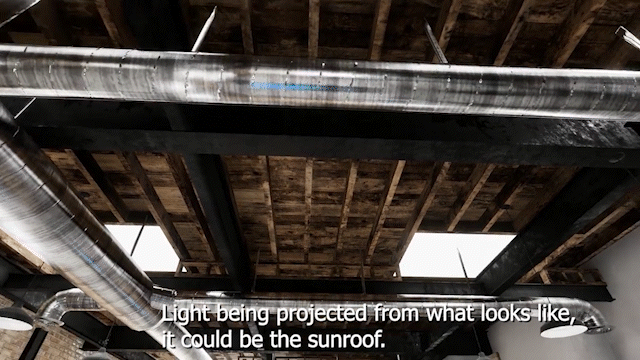Towards Hands-On Computing in Design
Early stages of a design process are where the designer experiments with the initial concepts and the perceptual qualities of the envisioned design idea. In our contemporary culture of technology, the acts of design performed in these stages are being transferred into the digital domain more and more as design and production processes merge and gain speed. The visual and spatial integrity of design performances in earlier stages has value for the entire design process and should be sustained in the digital domain as well. The value of hands-on design thinking, or in other words the spatial and visual thinking with materials at hand, comes forth in pedagogical discussions that emphasize design reasoning in the field of arts and design as early as the beginning of the 19th century. Considering the literature above, its sustainment today is crucial for the future of design thinking in the information age.
The present study analyzes a limited sampling of different hand movements performed while working on a physical sketch model. Several actions and the movements that are used while performing these actions are identified and classified. The aim is to create an abstract repertoire of model making hand movements for the purpose of digitizing them. This constitutes a first step towards carrying that knowledge and experience to digitized conceptual stages of architectural design processes.
Zaman, C., Özkar, M., Çağdaş, G. (2011). Towards Hands-On Computing in Design: An Analysis of the Haptic Dimension of Model Making. METU JOURNAL OF THE FACULTY OF ARCHITECTURE, 28(2), 209-226.




